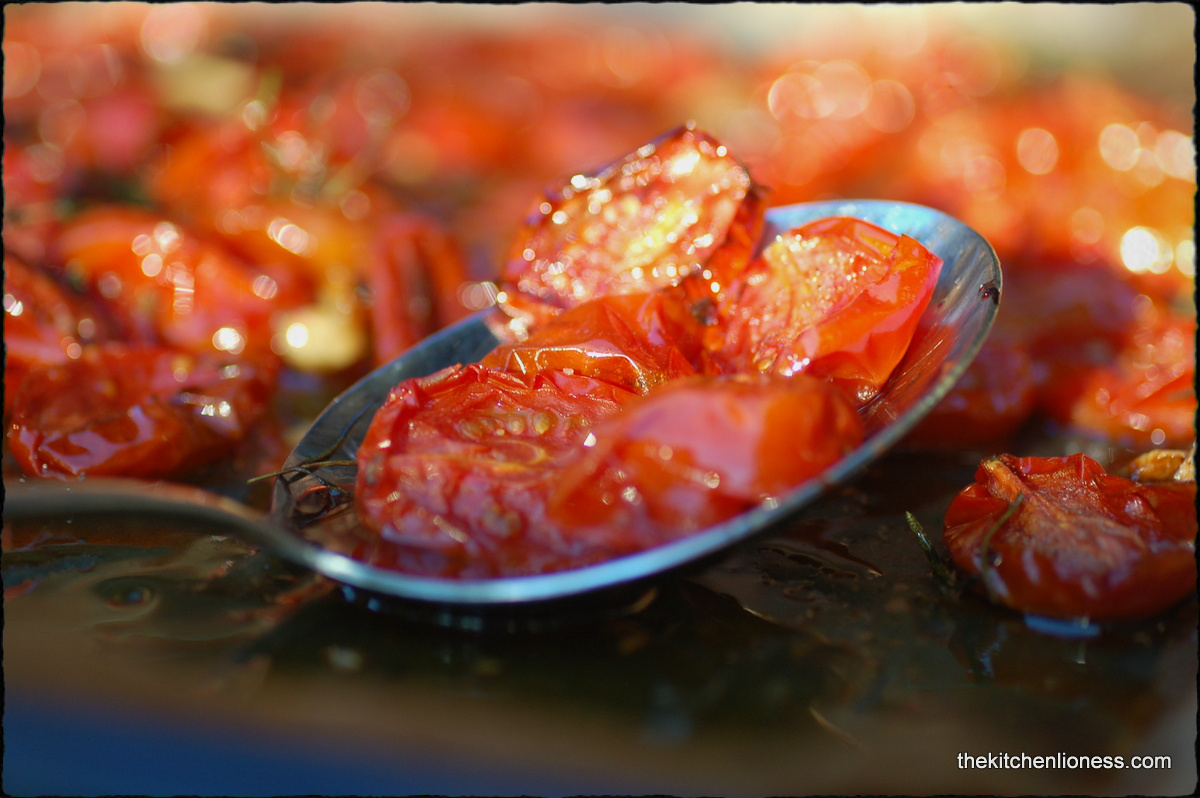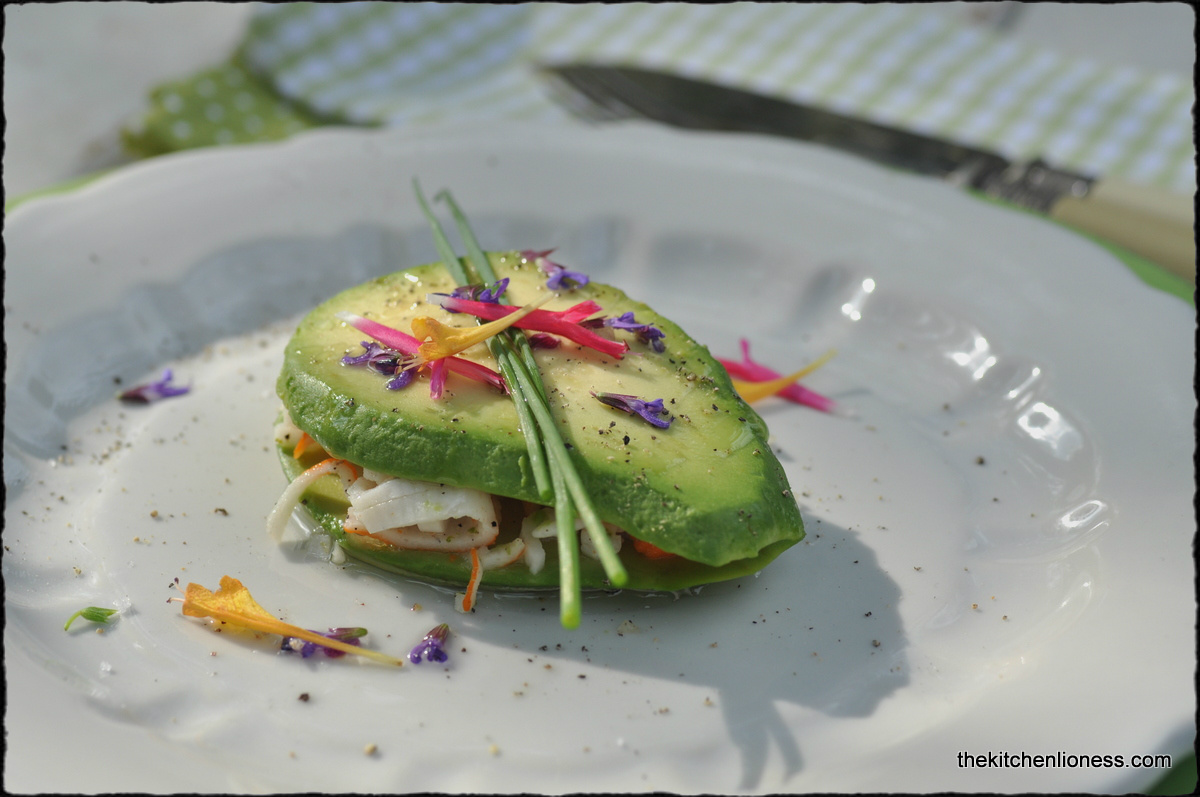Today, marks the second round of our online cooking group, the Cottage Cooking Club. As a group, recipe by recipe, we are cooking and learning our way through a wonderful vegetable cookbook written in 2011 by Hugh Fearnley-Whittingstall, called „River Cottage Everyday Veg“.
Hugh Fearnley-Whittingstall is a well-known British chef, TV personality, journalist, food writer and "real food" campaigner, known for his "back-to-basics philosophy". He is best known for hosting the River Cottage series, in which audiences observe his efforts to become a "self-reliant, downshifted farmer in rural England", his aim is to feed himself, his family and friends with locally produced and sourced fruits, vegetables, fish, eggs and meat.
The Cottage Cooking Club online cooking group is meant to be a project aimed at cooking more vegetable dishes, learning new ways to prepare tasty and healthy dishes and share them with family and friends.
We will make an effort to use as much local, regional, organic and also seasonal produce as is resonably possible. With that goal in mind, I prepared quite a few wonderful dishes from the book already.
My first recipe for the June post is the „Baby Carrot and Broad Bean Risotto“.
The risotto was so creamy and colorful, we just feel in love with this dish. The recipe is a straightforward risotto recipe with some white wine and homemade vegetable stock to cook the risotto rice and lovely, sharp freshly grated Parmiggiano Reggiano to round things off. The intriguing and new element in this recipe was the addition of some wonderfully sweet baby carrots and tender, grass-green broad beans.
These early summer vegetables are always nice to use, although I had never used them in that combination before. With respect to the broad beans, we are in the midst of bean season around here and I bought way too many. In mid-June, you cannot get much more seasonal, or much more delicious than food with colourful broad beans. Only brief steaming or cooking is required when broad beans are in their prime but, as the season progresses, the pods get bigger and tougher and then the beans are encased in a thick outer skin. The skins need to be removed and the beans should be cooked straightaway. Which is what a did – this recipe is a unique and delicious way to showcase this ancient vegetable. While we have enjoyed many a broad bean recipe, we were particularly pleased to discover how delicious these are in a risotto.
The second recipe I made was the „Crudités with tarator sauce“. Traditionally, tarator is a rich and garlicky toasted walnut sauce (or, as in my case, toasted almond) that is served with fish and chicken and it also works well as a dip and to showcase the bounty of fresh vegetables available at this time of year. I served this unusual dip with cauliflower florets, yellow summer squash, more baby carrots and small cucumber sticks.
While this was a nice new recipe to try, I prefer a less dominant sauce for dipping to let the taste of the individual vegetables shine through a bit better.
The third recipe I made was the „Vegetable tempura with chili dipping sauce“.
What can I say, my favorite this month. Hands down. What is there not to love about young, tender, green asparagus, yellow summer squash and cauliflower florets deep-fried within a crisp, light coating of tempura batter.
The batter for the vegetables consists of plain as well as cornflour, baking powder, sea salt and ice-cold mineral water.
And the recipe for the wonderful sweet-salty and spicy, out-of-this-world delicious dipping sauce, calls for redcurrant jelly, cider vinegar, soy sauce (I used light soy sauce), chillies, garlic, pepper and coriander (I used thinly sliced spring onions instead). Pleased as punch that the ingredients for the dipping sauce are pantry itemy at our house. Redcurrant jelly is great for cooking and baking and I always have a jar or two at home, it lends a tart, sparkling flavor to foods and is a wonderful compliment to the saltiness of the soy sauce.
What a delightful appetizer – a huge hit at our house!
The fourth recipe this month was the „New potato, tomato and boiled egg salad“. This potato salad has a nice dressing which is light and perfect for this time of year – all you need is some really good olive oil, cider vinegar, mustard (I used Dijon mustard), sea salt, freshly ground black pepper and a wee bit of sugar.
Then boil new potatoes and eggs and add some colorful tomatoes – I used orange, yellow and zebra tomatoes for this recipe instead of the cherry tomatoes – and I adored the colors of this salad. And the ease of the preparation. It is true that you can never have enough recipes for potato salads. And this one is certainly worth making again. The taste of new potatoes is hard to beat and in combination with fresh tomatoes and eggs, these new harvest potatoes taste even better. I topped off the salad with fresh chives and and orange sage flowers. This summer salad is wonderful!
The fifth recipe this month was another favorite of mine. The unbelievably wonderful „Pizza with new potatoes, rosemary and blue cheese“. This recipe calls for the „Magic bread dough“ again – we made that last month for the equally delicious „Asparagus pizza“. I enjoy making dough and this one is no exception.
Besides blue cheese and fresh rosemary from the garden, the topping for this pizza consisted of leftover, thinly sliced potatoes. It is wise to use some waxy potatoes for this recipe, as you do not want the sliced potatoes to break down too much in that very hot oven. Plus it is easier to slice them with a mandoline (which is what I did) if the potatoes are not floury but the starchy kind.
The blue cheese I bought was a French one, next time I would love to try an Italian gorgonzola dolce, the strong character of that cheese will go wonderfully with the potatoes and the bittersweet, robust flavor of the rosemary.
The sixth recipe was „green all around“ – for the „Steamed veg with a hint of garlic“, I chose fresh green string beans, broccoli, freshly shelled peas, more broad beans and green asparagus – what a feast for the eyes and palate.
I placed all the vegetables in my steamer basket and after just a few minutes and the addition of some very gently cooked young garlic, butter and coarse salt was, we enjoyed pure vegetable bliss on a platter.
The seventh and last recipe for this month was the „Honey roasted tomatoes“ – what a showstopping way to prepare cherry tomatoes with a hint of garlic and honey – perfect for spooning on some lovely toast or as a side dish for roast chicken. I could not help myself and added some of that rosemary to the cherry tomatoes while they were roasting for a good 30 minutes in the oven. Love that recipe and the way it lets you present those abundantly available cherry tomatoes – next time I make these I would love to try different colors of cherry tomatoes.
Form my eighth recipe, I took the liberty of preparing the „Carrot hummus“ that I did not get around to making last month – this is certainly a colorful hummus and quite intriguing tasting. With warm spices such as coriander and cumin and such lovely ingredients such as honey, garlic, freshly squeezed lemon and orange juice, plus tahini in addition to those oven roasted carrots, this makes for a hummus with many layers of flavor – I think this will be a wonderful hummus recipe to keep in mind come fall.
Now, dear readers, if you are still not convinced yet that this is the ultimate vegetable cookbook with absolutely outstanding recipes that make the best use of seasonal vegetables – then why not try a few recipes from this lovely book, set a table outside, invite family and friends, and enjoy the season´s bounty to its fullest! Then you will be convinced! And then join us in our quest to cook through this must-have, unique vegetable book!
Please note, that for copyright reasons, we do not publish the recipes. For more information on the participation rules, please go here.
The designated recipes for the month of June were the following:
Spring onion and cheese tart (page 44), New potato, tomato and boiled egg salad (page 76), Crudités with tarator sauce (page 105), Cucumber and lettuce vichyssoise (page 134), Pizza with new potatoes and blue cheese (page 182), Frittata with summer veg and goat´s cheese (page 232), Baby carrot and broad bean risotto (page 269), Vegetable tempura with chilli dipping sauce (page 308), Honey roasted cherry tomatoes (page 343) and Steamed veg with a hint of garlic (page 372).
To see which wonderful dishes the other members of the Cottage Cooking Club prepared in the month of June, please go here.
















































